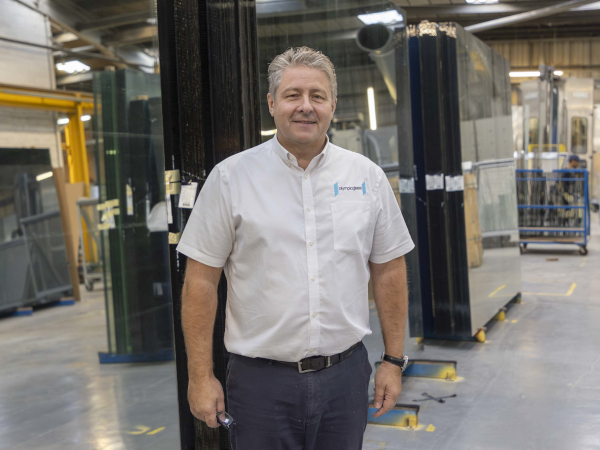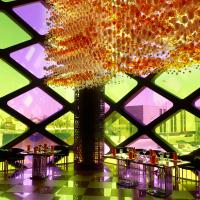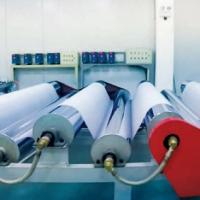Date: 23 February 2002
Farcus told LGN: "Laminated glass is an excellent material for use in ships.Besides its inherent beauty, structural strength and sound insulation qualities, it is also easy to maintain and clean - and it is incombustible."
Adriano Biloslavo of the Fincantieri shipyard explained: "12 mm laminated glass is used in almost all of the Victory's public rooms, both for safety reasons and because Farcus likes to use exciting decorative designs and colors which are only possible with a laminated glass construction."
Farcus and Biloslavo worked together on The Carnival Destiny (1996), Triumph (1999) and Victory (2000), as well as new projects for the Carnival and Costa Cruise Lines. One of the first impressions guests have as they arrive on The Victory is of an impressive laminated glass atrium, 10 floors deep, that gives a dramatic effect over the main lobby, photo gallery, shops and a four deck-high, decorative mural.
Farcus said: "On a cruise ship, claustrophobia can be a problem. The atrium opens up the interior of the ship to the sky and lets in lots of natural light." Biloslavo commented: "An important reason for the use of laminated glass in ship atria is that the constant movement of the ship, combined with substantial solar gain from tropical weather, could lead to the deformation or even the explosion of tempered glass. The PVB interlayer in laminated glass solves this problem by maintaining the structural strength, adding a certain flexibility, and reducing the build up of heat."
The Victory also features a dichroic laminated glass dance floor, 10 m in diameter, which architect Farcus says he wanted for a "jewel-like, iridescent effect and a reflective surface. Cruise ships are always somehow restricted in space and one of the effects of the glass dance floor is to make the space seem bigger than it really is. Laminated glass provided the necessary strength for the floor and was needed to implement the dichroic film that gives the effect of disco lighting."





























Add new comment